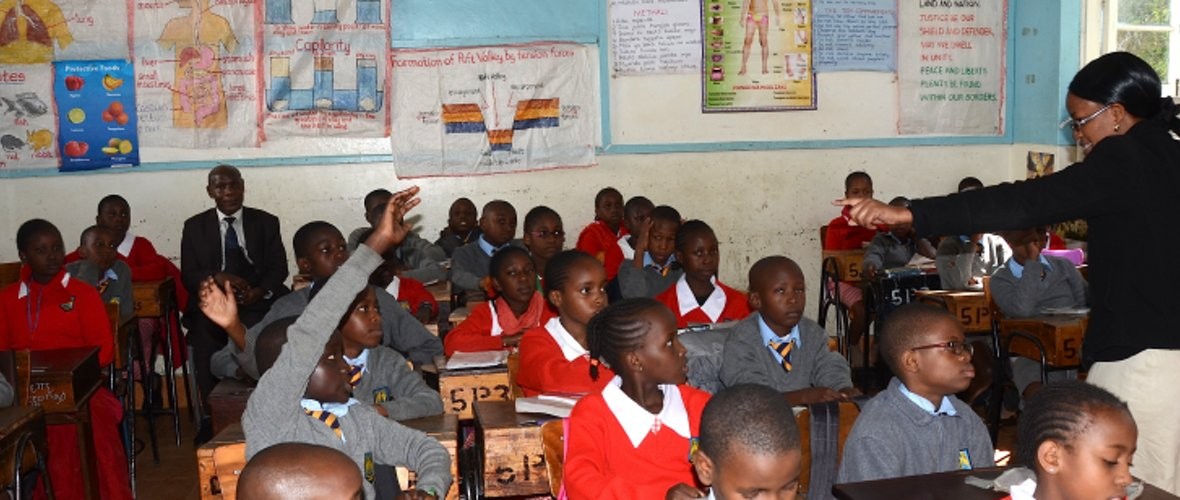
Research findings released yesterday indicates that only 10 percent of adolescents in Kenya have high proficiency in critical 21-century life skills.
These skills include skills include problem-solving, collaboration, self-awareness, and respect, with literacy and digital literacy.
The research which was conducted in 20 counties by the Regional Education Learning Initiative (Reli), discovered that most adolescents were unable to provide multiple solution for simple problems affecting their lives.
Further it found that, about 15 percent of adolescents, 17 per cent males and 13 per cent females, were completely unable to read a Grade 4 English text as reported by Nation Africa.
Also it revealed that, adolescents with higher reading levels have higher proficiency levels in problem-solving, self-awareness, respect, and collaboration.
In problem-solving, a quarter of the respondents were at Level 1, where they could not connect with the hypothetical problem presented while the majority, 55 per cent, were at Level 2 were they could identify a problem but from only one perspective and only came up with one solution.
15 percent were at Level 3 and were able to recognize a problem from one perspective, could identify the main approach to solving the problem, and justify it.
Only 5 percent were at the highest level where they could recognize the problem from multiple perspectives and knew that there may be multiple solutions to it.
Adolescents who are skillful in digital literacy showed higher problem-solving proficiencies compared with their peers who strived with handling digital devices.
According to Zizi Afrique CEO Dr John Mugo, when presented with a problem, the majority of the adolescents were rushing to the solution and not the process of arriving at a solution.
This he said was as a result of learners’ conditioning by teachers to think like that.
He was speaking during the launch of the report at the Kenya Institute of Curriculum Development in Nairobi.
The study was conducted in Kakamega, Tharaka Nithi, Taita Taveta, Mombasa, Nyamira, Narok, Makueni, Nyeri, Bungoma, and Mandera, Murang’a, Tana River, Samburu, Turkana, Wajir, Marsabit, Kisumu, Nakuru, Uasin Gishu, and Nairobi counties.

Leave a Reply